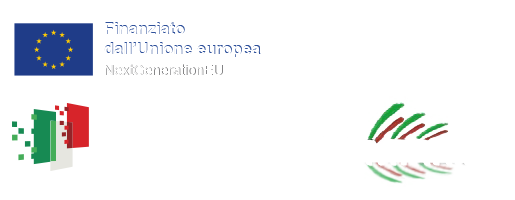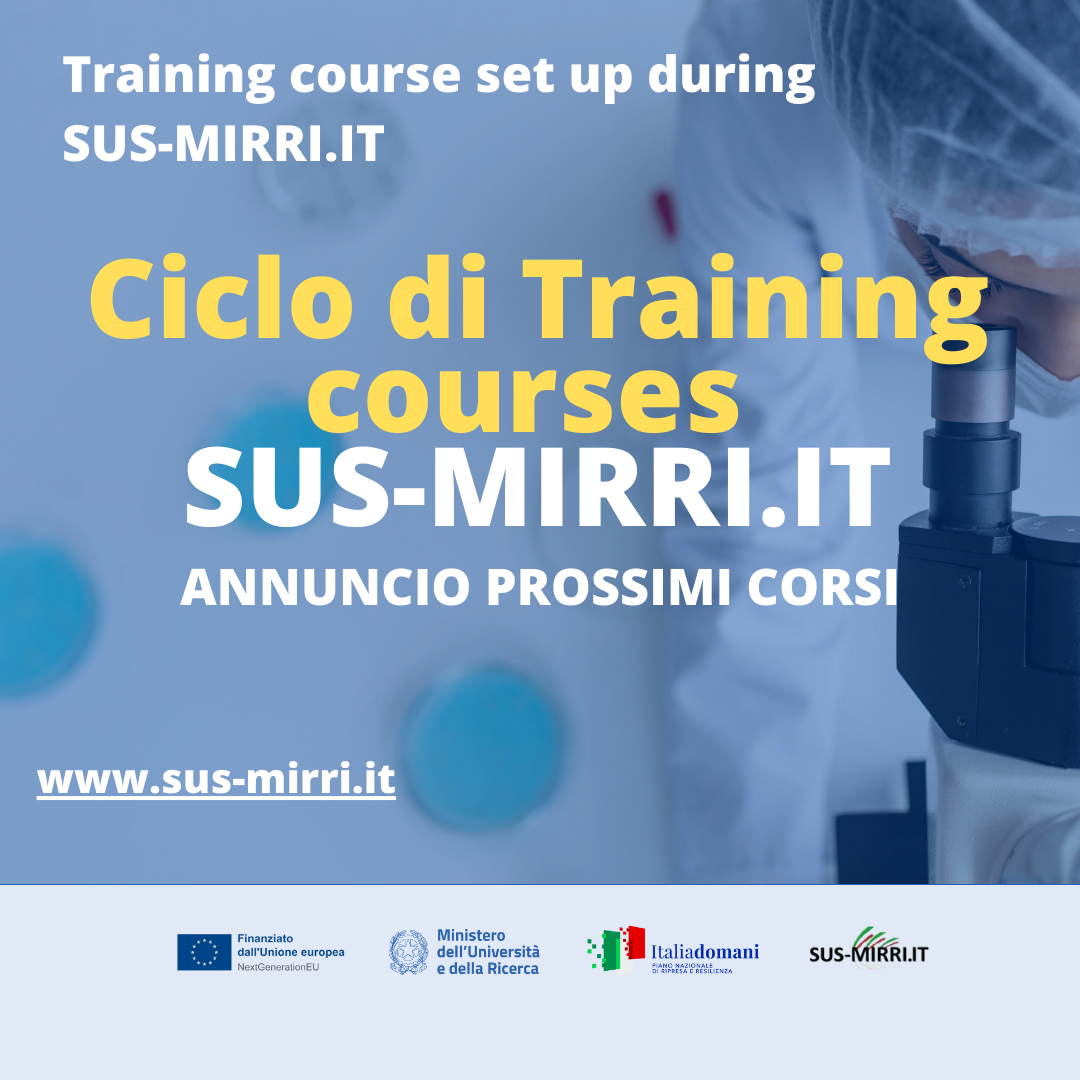Here you are the calendar of the next new training course set up during SUS-MIRRI.IT
2024
- UO: 24 – Università degli Studi di Verona
Title: Taxonomic approaches and identification procedures of prokaryotes.
Title: The biofilm: structure, characteristics and methodological approaches for investigation
Online
- UO: 08 – CNR, Istituto di Ricerca Sulle Acque (CNRIRSA), Sede di Verbania
Title: Module1: aquatic microbial communities isolation and assessment methods.
Module 2: protein identification through nLC-HRMS proteomics and real data-based bioinformatic analysis of large protein datasets. Module 3: high throughput sequence analysis of amplicon sequencing data (metabarcoding) and analyses of the communities in terms of diversity and composition. This can apply to bacteria, fungi, and meiofauna. R-based course with packages DADA2, vegan, ggplot2, phyloseq. Possibility of an introductive module on the use of R. Hands-on and Q&A final session with UO data
Online
- UO: 23 – Università degli Studi di Sassari
Title: Module1: Management and conservation of microbial communities of food interest
Module 2: Procedures and processes for the certification of collections.
In presence
- UO: 14 – Università degli Studi della Basilicata
Title: Module 1: Protocol for selecting starter culture for fermented beverages: scale-up from laboratory to pilot scale.
Module 2: Metabolism of lactic acid bacteria: bioreactor cultivation strategies, metabolites production and improvement of performances
In presence
- UO: 05 – CNR, Istituto di Biologia e Biotecnologia Agraria, IBBA, Pisa
Title: Characterization of microorganisms useful for agro-food and environmental applications
Hybrid
- UO: 02 – CNR, Istituto di Scienza dell’Alimentazione, ISA, Avellino
Title: Microbial biobanks: building, preservation and application
In presence
- UO: 03 – CNR, Istituto per la Protezione Sostenibile delle Piante, IPSP, Bari
Title: Characterization by electron microscopy of yeast cells expressing viral proteins
In presence
- UO: 15 – Università degli Studi di Cagliari
Title: Identification and probiotic characterization of lactic acid bacteria
In presence
- UO: 04 – CNR, Istituto di Scienze delle Produzioni Alimentari, ISPA, BARI
Title: Module1: Identification and characterization of toxigenic fungi of agro-food interest. Module 2: Isolation and characterization of probiotic and pro-technological microorganisms. Module 3: Microbial culture collections: How to improve the quality management systems?
In presence
- UO: 17 – Università degli Studi di Milano-Bicocca
Title: Module 1: From isolation and molecular microbial characterization to storage and data collection for bacterial and viral isolates from human and environmental sources.
Module 2: Bioinformatics tools for functional and taxonomic characterisation of microbiomes
In presence
- UO: 18 – Università degli Studi di Modena e Reggio Emilia
Title: High-throughput characterization of food-related microorganisms
Online
2025
- UO: 20 – Università degli Studi di Palermo
Title: Basic training course on conservation, propagation and application of customised starter cultures for local traditional agrifood SME
In presence
- UO: 07 – CNR, Istituto per la Protezione Sostenibile delle Piante – IPSP, TORINO
Title: Detection and diagnosis of plant viruses: biological assays, electron microscopy, PCR, LAMP
In presence
- UO: 22 – Università degli Studi di Parma
Title: Culture independent quantitative techniques for the detection and quantification of lactic acid bacteria in foods. Topics: DNA extraction from complex matrices, primer and probe design for quantitative assays, primer validation, Real Time PCR or Digital PCR setup.
In presence
Title: The phenotypic and genotypic characterization of food-borne lactic acid bacteria. Topics: genotypic characterization by REP-PCR, comparative analysis of electrophoretic profiles using Bionumerics software, phenotypic characterization with GENIII plates, analysis of phenotypic data with statistical software, entry of information into the microbial collection database.
Hybrid



